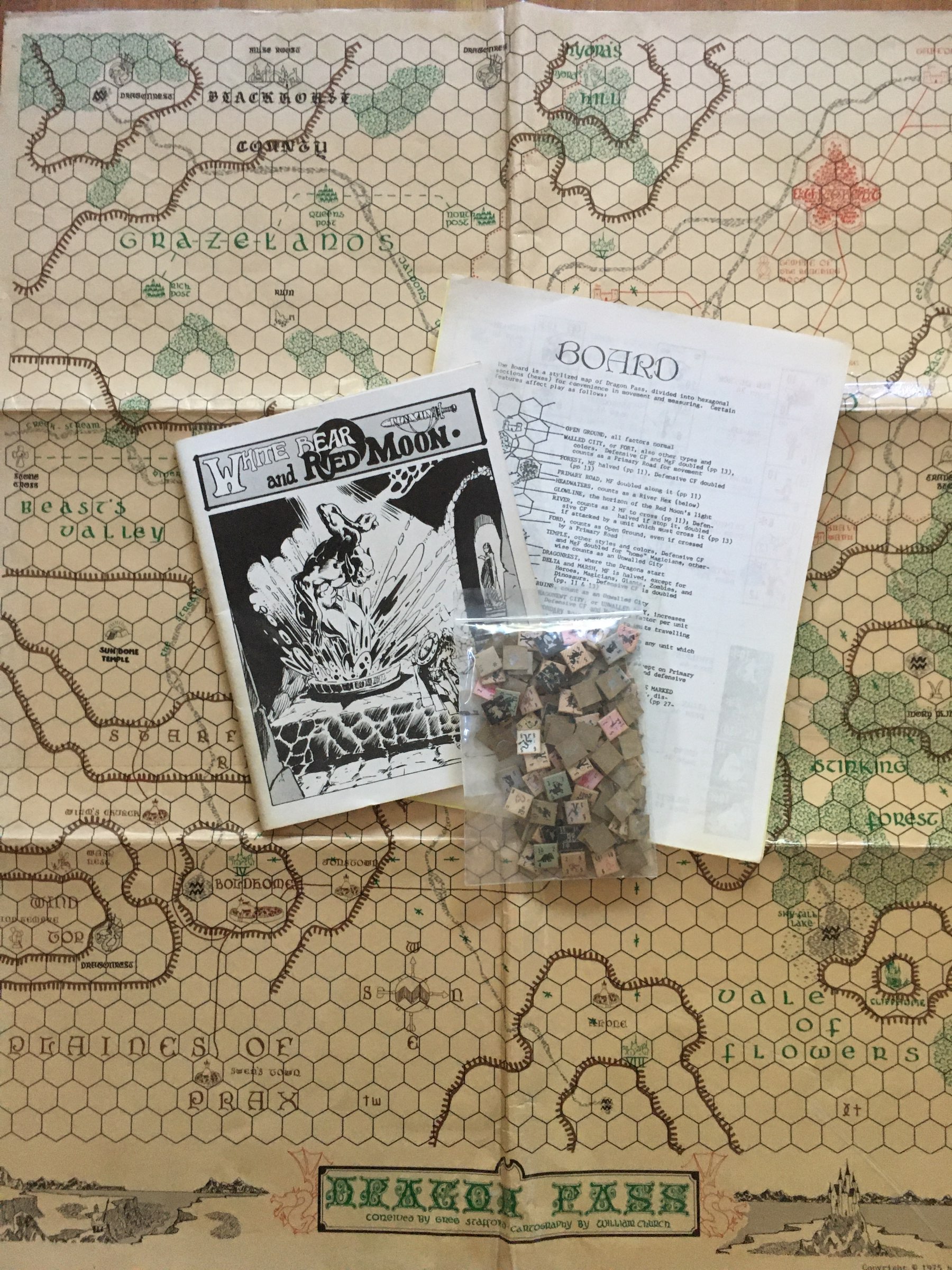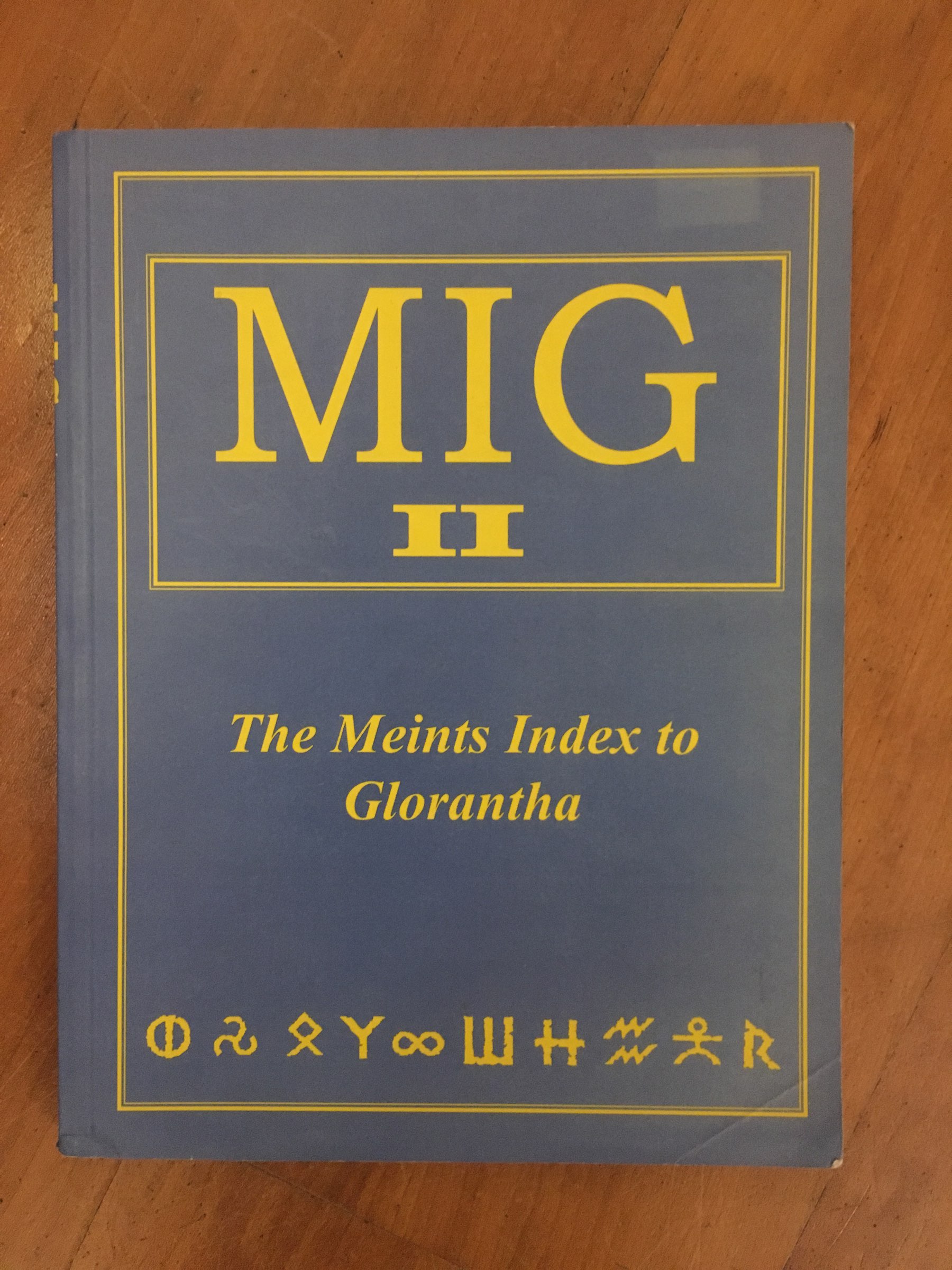I should really write a literary tabletop roleplaying game called Ampersands & Alliterations
The Stochastic Game
I just installed iOS 13.1.3 and drag and drop is still utterly broken in the entire OS. This release cycle is a complete mess.
Mercurial has many little awesome features, but hg absorb is definitely one of the latest ones I started using…
TFW you realize your DriveThruRPG account has 200 never downloaded files, and 150 updated files.
Oh hey, look what kind of Glorantha loot I managed to get my hands on!


Marou chocolate tasting samples…. yum.

Oh Vancouver, you magnificent bastard

iOS13 review so far: it keeps advertising Apple Pay and has utterly fucked certain workflows like using Opener. But I guess Dark Mode is nice?
Oh joy: over time, Python’s regex module has changed which characters it escapes or not…
My Latest Gaming Kickstarters
I might have a Kickstarter problem. But hey, the first step is admitting you have a problem, and by posting about it, you can have a Kickstarter problem too!
The ones that I help fund in the past few months include Wrestlenomicon, Traveller 5, Magical Kitties Save the Day, and Cities of Harn… but let’s take a look at the ones that are still going, and that you can still pledge for.
Nordlond Sagas

Written by Douglas Cole, a well-known GURPS writer and blogger, this expands his Nordlond setting for the Dungeon Fantasy line. It’s a nordic setting full of viking-ish barbarians, and a welcome addition to the GURPS ecosystem, which tends to only cater to the most involved GMs and players because it doesn’t have much “ready-to-play” material. I don’t do much dungeon crawling, but I do like GURPS, and this will probably be a nice break in between lengthy horror gaming campaigns.
The Lovecraft Country Holiday Collection

This one is from the folks at Golden Goblin Press, and more specifically Oscar Rios, who is known for the Cthulhu Invictus books (Call of Cthulhu in ancient Rome!).
The main book features 6 adventures set in the 1920s, focused around a particular holiday, and starring teenage investigators. It’s probably going to be great fun to run those one-shots at the appropriate times of the year.
Deadly Doodles Expansion

These days, Steve Jackson Games is more well-known for fun tabletop games like Munchkin or Zombie Dice than for their RPGs like GURPS. Their latest game, Deadly Doodles, released last month, is another fun little dungeon-crawling-inspired project, and the first expansion is already underway.
Haunted West

Last but not least, Chris Spivey and Darker Hues Studios are back at it with “Haunted West, a Historical Weird West RPG”. It’s a spaghetti western game of weird-fiction – basically cowboys vs. monsters, aliens, and spirits, as I understand it.
Just like their previous critically acclaimed project Harlem Unbound (which is going to get a second edition from Chaosium, by the way), this game will feature mainly black protagonists, and other people from minorities. And, similar to Harlem Unbound’s historical New-York, I assume there will be some fascinating chapters on the real-world history of the American Wild West, which has been notoriously whitewashed in the general public’s mind through countless Hollywood movies.
If you have to back only one project this fall, that’s probably the one!